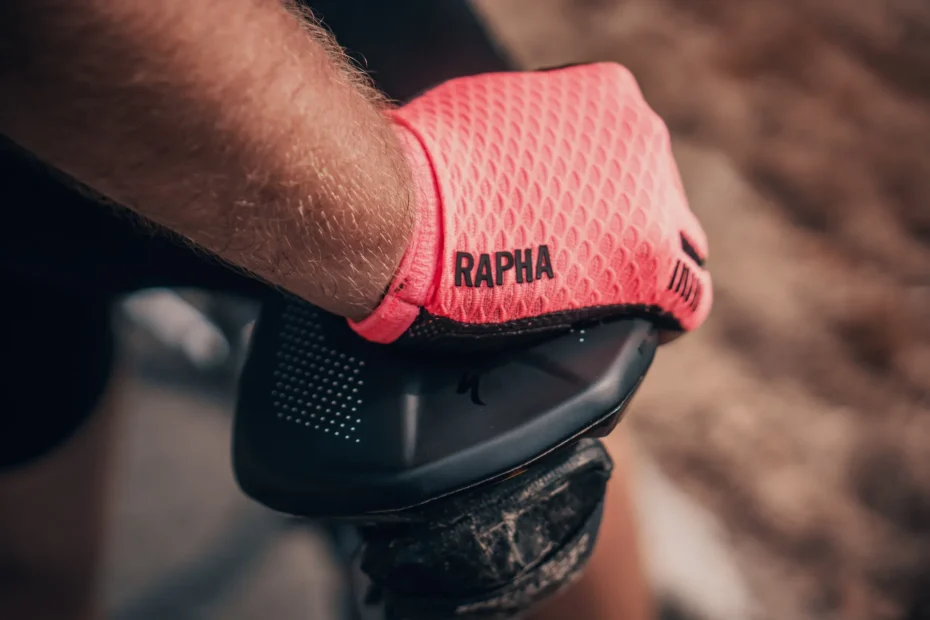As a mountain biker, having the right bike seat is crucial for both comfort and performance out on the trails. Unlike road biking where you may spend hours sitting in the same position, mountain biking requires frequent position changes and often involves bumpy, uneven terrain. Having a quality MTB seat that fits your body type and riding style is key to maximizing fun and minimizing pain.
Factors to Consider When Choosing a Mountain Bike Seat
When deciding on a new bike seat, there are several key factors to take into account:
Saddle Width
Saddle width plays a big role in overall comfort and should match the width of your pelvic bones (or “sit bones”). If the saddle is too narrow, you may experience numbness or pressure points. If it’s overly wide, you’ll be chafing your inner thighs. Measure your sit bone width first to choose the right MTB saddle width.
Padding
The ideal MTB seat has enough padding to take the edge off bumps and vibrations but not so much that you feel isolated from trail feedback. Thicker padding also retains more moisture. Try some different pad thicknesses to find the Goldilocks amount for your preferences.
Shape/Profile
The shape and profile of your MTB seat impacts weight distribution and what part of your body takes pressure in different riding positions. Flatter, more streamlined saddles are lighter but may not offer enough support. Bulkier saddles provide cushioning but can restrict movement.
Rails
Rail material affects the seat’s weight, flexibility, durability and price. Common options are steel, titanium, aluminum or carbon fiber. Consider which tradeoffs align with your budget and needs.
Cover Material
MTB saddle covers come in different fabrics like vinyl, leather or specialized synthetics. Key factors are waterproofness, breathability, longevity and grip. Make sure to choose a durable cover that suits your climate and trail conditions.
Gender-Specific Design
Many brands now offer women’s specific MTB seats with different dimensions, shapes and materials to better match female anatomy. Consider a female saddle if you have wider hips, sit bones closer together or want extra cushioning.
Most Comfortable Mountain Bike Seat Styles
When pure comfort tops your priority list, these types of MTB seats may offer the most relief:
Gel Seats
Gel seats have liquid gel pads built into the cushioning to dampen vibrations extremely well. The gel conforms nicely to your shape for a custom fit feel. While very comfortable, gel saddles are also heavier than other options.
Air Suspension Seats
Air suspension seats have shock absorbers and air pockets integrated into the saddle. As you ride over bumps, the seat compresses to absorb impacts. Air suspension mountain bike seats provide a smooth, plush ride. However, the moving parts mean they require a bit more maintenance.
Extra Wide/Cushioned
For ultimate comfort, some MTB seats offer extra wide platforms paired with thick cushioning. While the excessive padding adds weight, these seats provide ample support and shock absorption for casual trail and relaxed rides.
Cutout Seats
Some mountain bike saddles have a center cutout section to reduce pressure on sensitive nerves and tissues. Cutouts alleviate numbness issues so you can ride in comfort for longer periods. Just note that the open section offers less overall support.
Mountain Bike Saddles for Performance Riding
Serious trail, enduro and downhill riders need seats that can handle aggressive movement without compromising energy transfer to the pedals. Here are top options if your priorities are power and efficiency:
Flexible/Minimalist
Extra stiff, thinly padded saddles focus pressure on your sit bones while allowing free hip movement to attack steeps and shred turns. These seats save weight and put you closer to the trail feel, but the minimized cushion demands strong core strength and bike handling skills.
Flat Profile
Flat profile MTB seats make it easy to transition forward and backward on the bike as terrain and speed dictates. The slim silhouette stays out of the way for unrestrained body English. Light, strong shell materials paired with moderate padding strikes an optimal blend of support and sensitivity.
Anatomic Channel
Shaped seats with an indented center channel deliver a “hammock” effect that saves weight, isolates pressure points and still provides a solid platform for power transfer. The anatomic channel design works well with natural sit bone curvature while preventing chafing and numbness.
Stiff Composite Shell
Serious riders often prefer saddles with stiff composite shells, moderate padding and titanium rails. These firm foundations prevent energy-sapping flex while lightweight rails and scant cushioning shave precious grams. Expect some shock vibration transfer in exchange for max watts to the rear wheel.
Tips for Finding Your Perfect Mountain Bike Seat
- Test ride different saddle styles on trails similar to your local conditions before buying. Comfort is subjective so it’s best to experience options firsthand.
- Give a new MTB seat at least a few longer rides before passing judgement. It takes time to adjust to different padding, shapes and materials.
- Adjust saddle angle, height and fore/aft position to dial-in fit. An improperly positioned quality seat can still cause discomfort so take time to get the setup right.
- Consider adding padded shorts or a suspension seatpost if your dream saddle still lacks comfort. Extra cush can transform an otherwise performance-focused perch.
- Don’t hesitate to swap between multiple seats depending on riding style for the day. An aggressive XC race saddle may not work well on an all-day enduro epic.
Finding the holy grail mountain bike seat takes some experimentation but pays huge dividends in both enjoyment and safety out on the trails. Take time to understand different saddle features and choose options that complement your priorities and riding style. Small comfort sacrifices made in the name of performance are often worthwhile. But no one seat excels across all MTB disciplines so don’t be afraid to mix up components to maximize fun!
